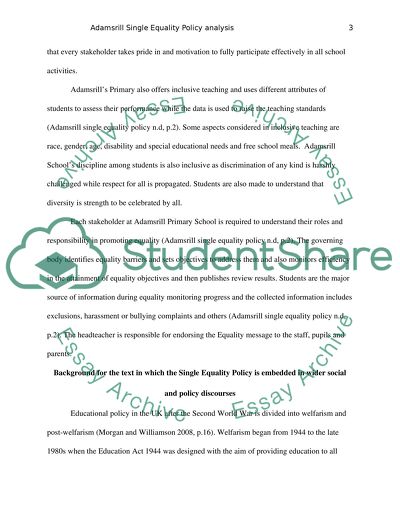Cite this document
(“Adamsrill Primary School Single Equality policy Essay”, n.d.)
Retrieved from https://studentshare.org/education/1477847-a-critical-analysis-of-adamsrill-primary-school
Retrieved from https://studentshare.org/education/1477847-a-critical-analysis-of-adamsrill-primary-school
(Adamsrill Primary School Single Equality Policy Essay)
https://studentshare.org/education/1477847-a-critical-analysis-of-adamsrill-primary-school.
https://studentshare.org/education/1477847-a-critical-analysis-of-adamsrill-primary-school.
“Adamsrill Primary School Single Equality Policy Essay”, n.d. https://studentshare.org/education/1477847-a-critical-analysis-of-adamsrill-primary-school.


